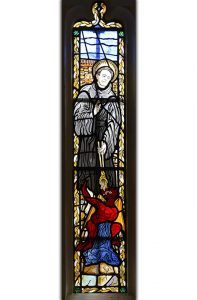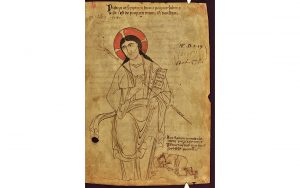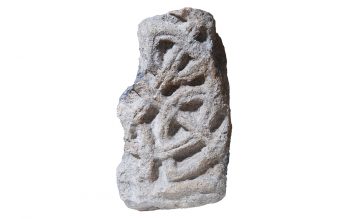Dunstan and Monastic Reform

Dunstan and his role
Glastonbury did not suffer the Viking raids that devastated English monasteries in the 9th century. However, its spiritual life and political influence declined during this time. In 940, King Edmund I made Dunstan abbot of Glastonbury. Dunstan was born locally and possibly studied at Glastonbury.
Dunstan revived Glastonbury as a place of learning and religious observance. In 954 he was exiled by King Eadwig and visited monasteries in Flanders before returning to become bishop of Worcester. He then became bishop of London and finally Archbishop of Canterbury. His time in continental monasteries influenced his reform of English monastic life. He persuaded Saxon nobles to donate lands to monasteries. He was venerated as a saint at the monasteries of Glastonbury and Canterbury.
Dunstan Manuscript

Dunstan acquired books and established a scriptorium, where manuscripts were produced. A small number of manuscripts from Glastonbury survive today, including one with notes by Dunstan. Its frontispiece shows Dunstan praying before Christ.
Dunstan was known as a craftsman and great statesman. In his workshop he made altar cloths, crosses, and other religious objects. Glastonbury claimed to hold sacred objects made by him.
Saxon sculpture at Glastonbury
Excavations have uncovered 12 fragments of Anglo-Saxon sculpture from the early monastery. These date from the mid-8th century to the 10th century. They include fragments of crosses, slabs and panels or friezes. There are carvings of animals and an interlace pattern typical of southern England. The number of fragments with interlace suggest that they may have been part of a larger scheme or monument.


